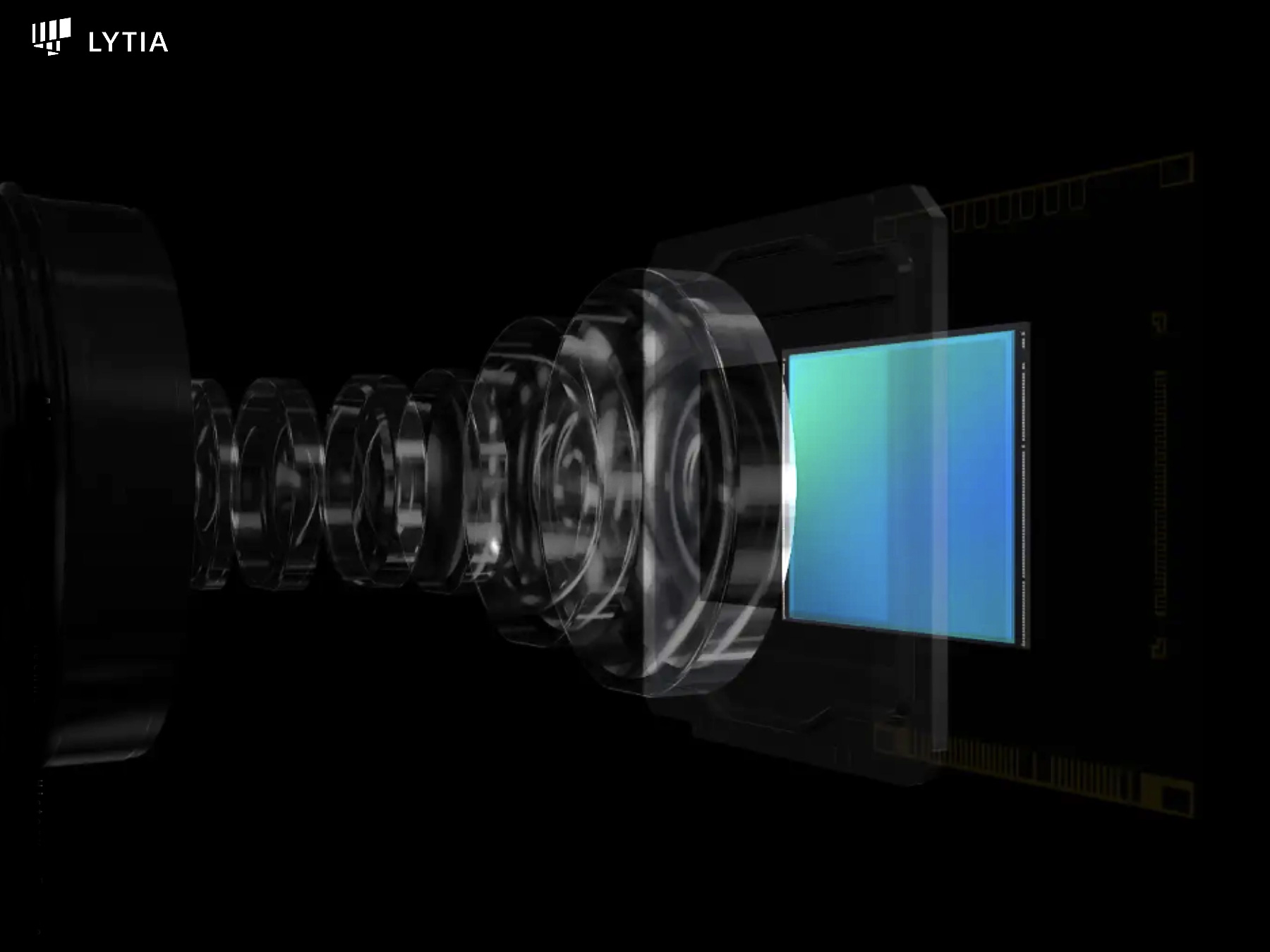
Image sensors are the “eyes” of smartphones and other mobile devices. Sensors are the most important part of the camera, converting light into electric signals. While lenses, good lenses, are crucial for good images, if the sensor is not able to properly translate the information received the end result will not be up to the expectations. Sony has created many innovations in smartphone photography in numerous technical developments, and sensors are part of that.
If you’ve felt, recently, that the quality of smartphone photos and videos have improved, be aware that Sony plays a part in the whole process. From HDR to night photography, much of what is captured today with smartphones is done through a sensor from Sony Semiconductor Solutions. In fact, SSS currently holds the number-one sales value market share for these sensors – 45%, followed by Samsung with 26%, according to a report from Strategy Analytics.
SSS’s image sensors deliver high quality and are packed with advanced technology to enable users to enjoy high-quality photography and videography in many smartphones. SSS has won support from many customers including smartphone manufacturers, and, by extension, has benefited smartphone users throughout the world. The particular contributions of SSS’s image sensors to smartphone photography and videography experiences, however, are not yet widely known… and that’s where the product name brand LYTIA appears, as an umbrella under which Sony wants to market its sensor technology for mobile devices.
LYTIA is introduced as “the image sensor for mobile that unleashes creativity”. The brand name “LYTIA” was created using the letters in the word Lyra (as in the constellation of the same name) and the word light. The name evokes the sensor’s ability to capture the scene before it as it really is, according to Sony. With LYTIA brand image sensors, SSS aims to build on its history of contributing to smartphone photography and videography culture by giving even more people access to creative imaging experiences “beyond imagination.”
The introduction of the LYTIA product brand of image sensors for mobile devices developed by SSS confirms Sony is becoming more aggressive in a market it already dominates. It may also explain why Terushi Shimizu, the president and chief executive of Sony Semiconductor Solutions, told, last July, a group of business leaders that the company’s best image sensors will produce better-quality images than standalone digital single lens reflex (DSLR) and mirrorless cameras by 2024. Nothing better to get on the news and attract attention to a product than to state something that will create controversy…
According to Sony, “with LYTIA’s HDR technology, even in a scene with contrast difference, like shooting a landscape in the sunlight from a dark indoor environment, both the light and dark areas can be expressed beautifully while avoiding blackout and blowout” something that was hard to achieve with early smartphone sensors. Autofocus is also an essential component for ensuring the best shot moments. LYTIA’s all-pixel AF technology enables to mobilize all pixels to obtain focus information so the sensor realizes fast, accurate AF action for dark places and subjects without a clear outline, which have been difficult to focus on until now.
These are some of the features present in SSS sensors for mobile devices, now all presented under the LYTIA name, which is a new step in the evolutionary history of the image sensors that Sony has pioneered. The company started on the development of CCD image sensors, “electronic eyes,” from the 1970s, and commercialized them ahead of the world in the 1980s. Subsequently too, Sony continued to run at the cutting edge in this field. It was 2004 when Sony made a big turn towards the development of the fast, low power consuming CMOS image sensors, with an eye on the high definition (HD) future. Since then, the company has created high performance CMOS image sensors incorporating new technology one after the other, and continues to lead the image sensor world at present too.
Here is a timeline of evolution in sensors from Sony Semiconductor Solutions:
In 2008, by inverting the conventional sensor structure, Sony developed a back-illuminated CMOS image sensor that expands the volume of light that enters a unit pixel by receiving light from the back of the silicon substrate. By doing so, the company realized high image quality with roughly double the sensitivity and low noise compared to conventional sensors. Its performance even went beyond the human eye.
In 2012 Sony developed a stacked CMOS image sensor using a chip on which a signal processing circuit was formed instead of the supporting substrate of a conventional back-illuminated CMOS image sensor, and combining the pixel part with back-illuminated structure pixels formed on that. This made it possible to mount a large-scale circuit on a small chip. Moreover, Sony realized higher image quality, higher functionality and smaller size simultaneously by specializing the pixel section in improving image quality.
In 2017 Sony fused the imaging technology it had cultivated over many years with sensing technology that measures the distance to a subject by detecting the flight time of light to return to the sensor surface when an optical pulse is reflected on the subject, to develop a back-illuminated time-of-flight image sensor with the industry’s smallest pixel size (as of the public announcement of June 5, 2017). This expands the potential for convenient, enjoyable applications and realizes new experiences.
According to Sony, LYTIA is the crystallization of Sony’s technology and passion that have supported the culture of smartphone photography from the background. The company “will continue to create a future where everyone can enjoy with a life full of creativity while we also fuse cutting-edge technologies like AI and AR.”
Sony’s goal with LYTIA can be explained with a simple phrase: Sony’s image sensor that responds to your desire to take pictures.
